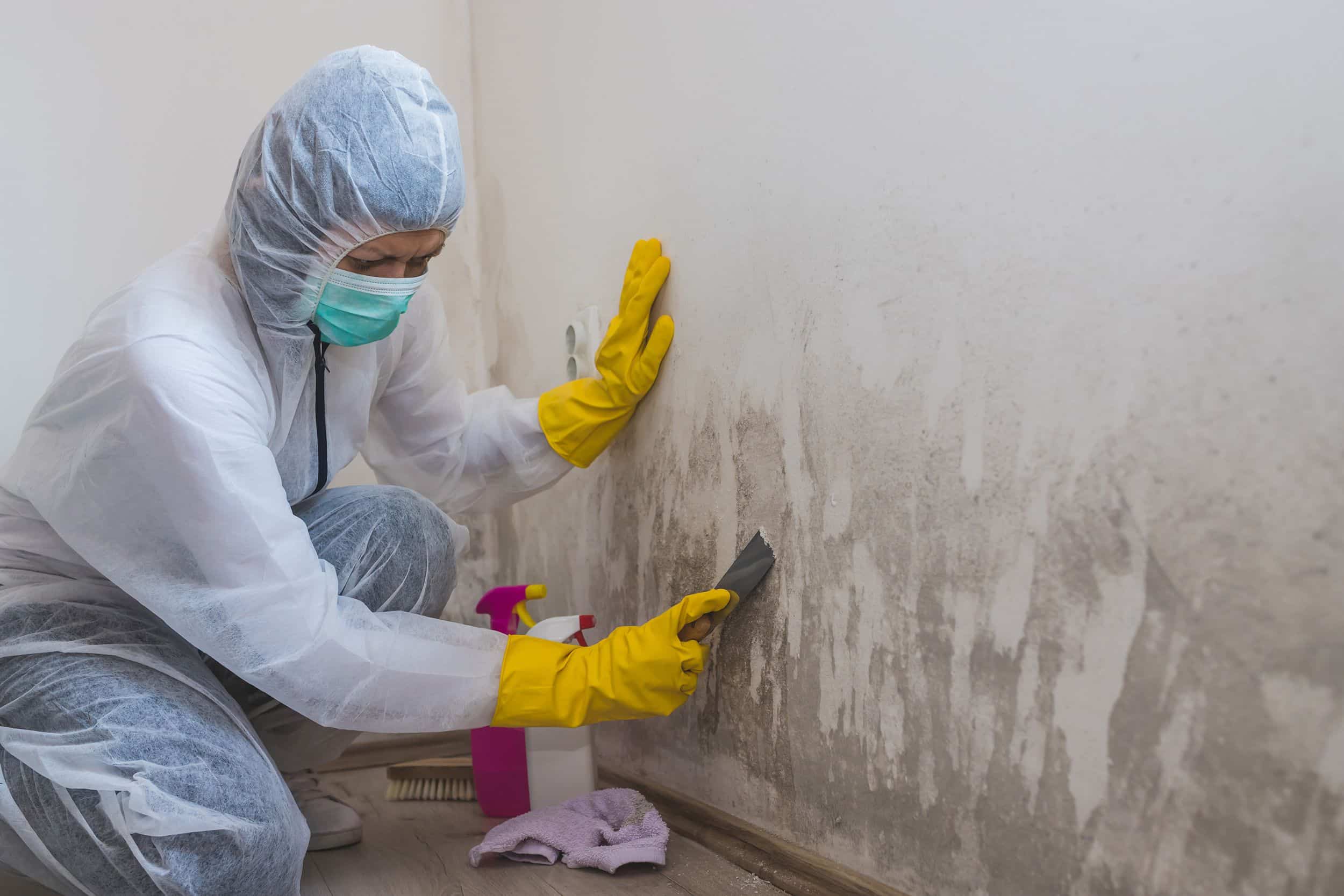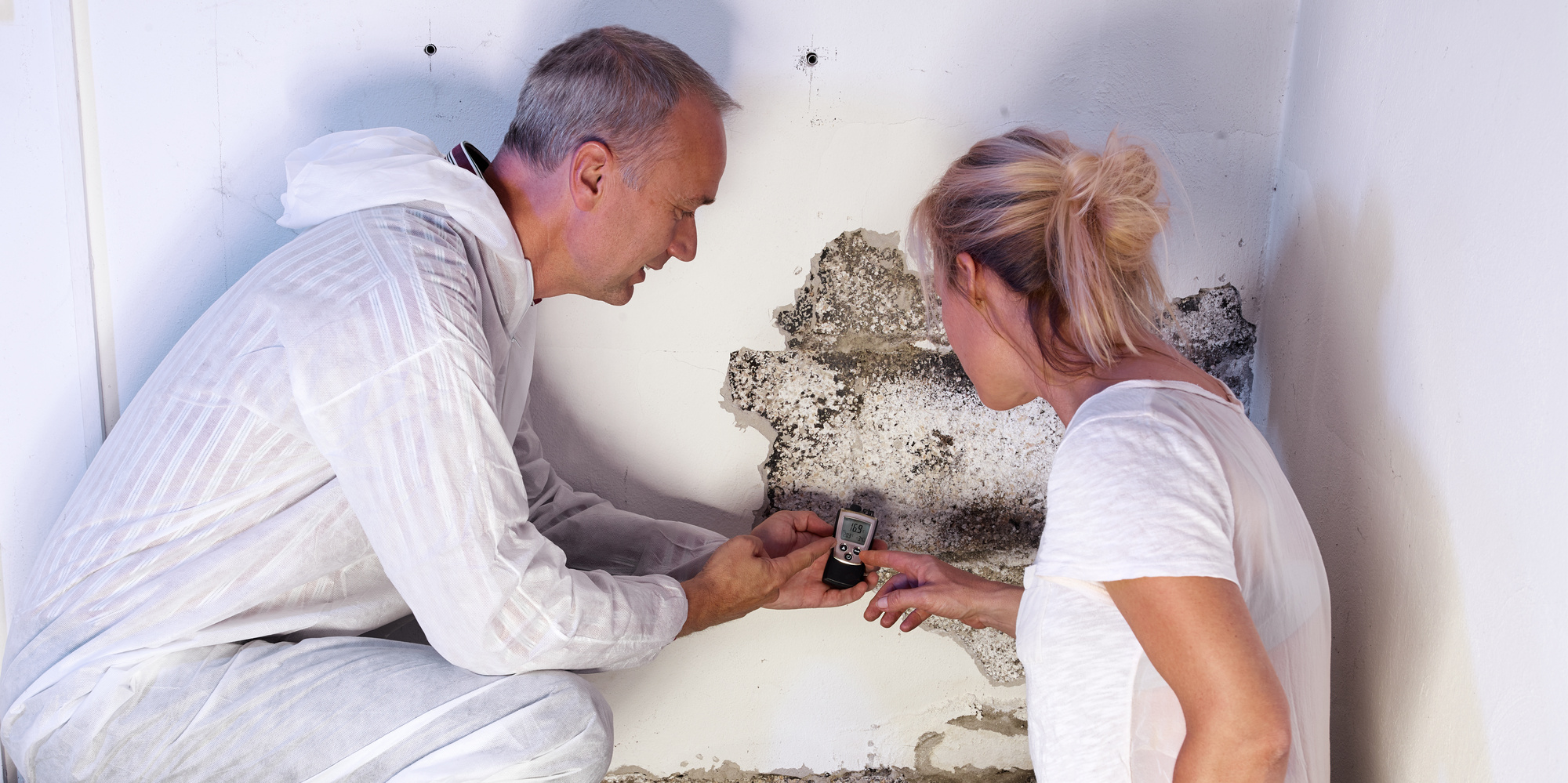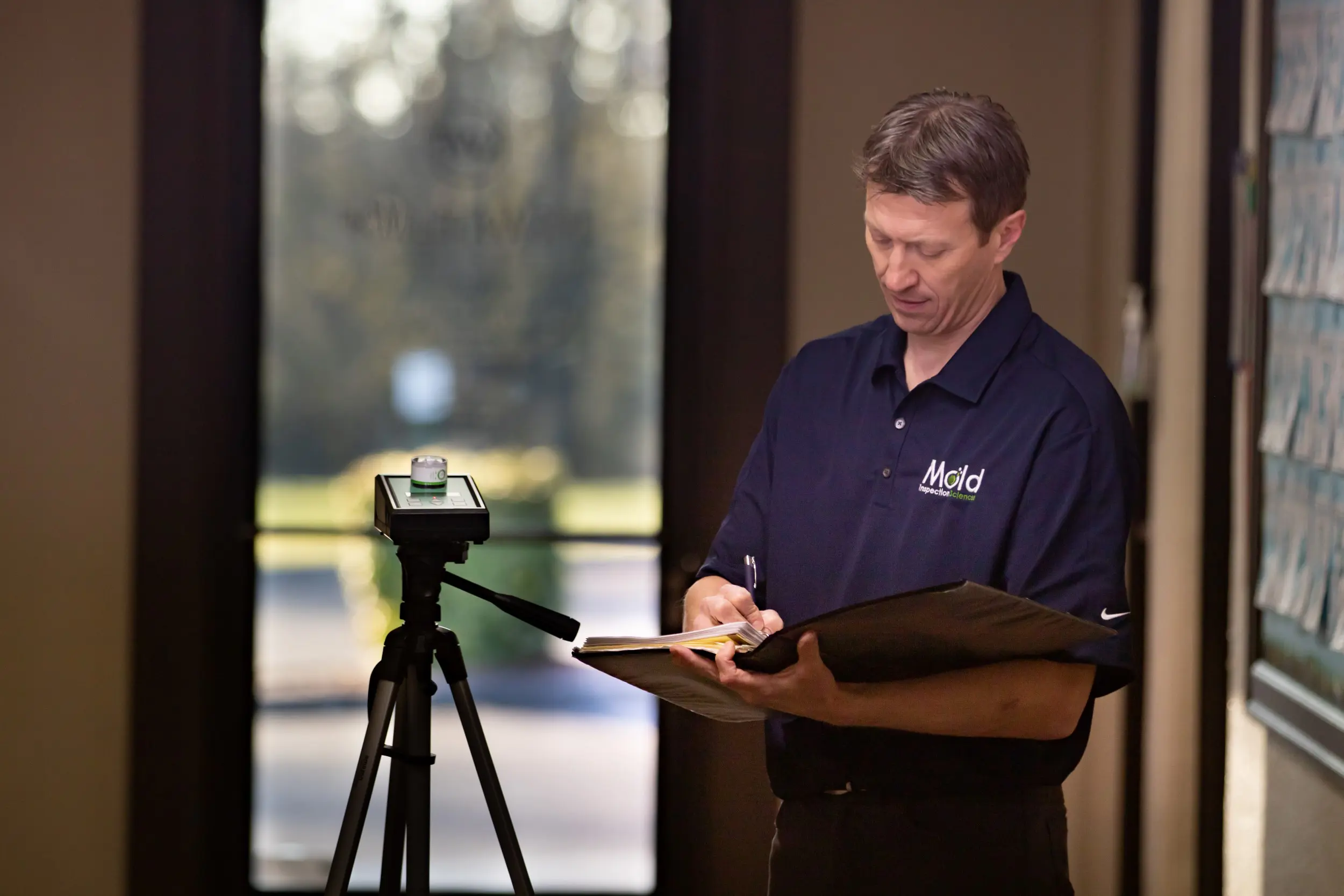Your Ultimate Overview to Message Mold And Mildew Remediation Strategies
In the consequences of mold and mildew problem, understanding exactly how to properly eliminate the mold and mildew and stop its reoccurrence is extremely important for preserving a healthy and balanced indoor setting. From picking the ideal cleansing and sanitizing techniques to executing approaches for long-lasting mold avoidance, each step in the remediation journey plays an important duty in making sure an effective end result.
Understanding Post-Mold Removal Refine
After finishing the mold and mildew remediation process, it is crucial to comprehend the post-mold remediation techniques that are essential to make certain a detailed and effective cleanup. As soon as the mold has been gotten rid of, the next action includes cleansing and disinfecting the influenced locations to avoid any regrowth of mold. This includes utilizing specialized cleansing agents to clean down surfaces and eliminate any kind of remaining mold spores. It is vital to dry the area completely to dissuade the growth of mold and mildew in the future (Post Mold Remediation). Proper ventilation and dehumidification can help in this process.
Moreover, performing a last inspection post-remediation is vital to guarantee that all mold has actually been efficiently eliminated. If the evaluation reveals any type of lingering mold, additional removal might be needed.
Reliable Cleansing and Decontaminating Approaches

Stopping Future Mold And Mildew Development

Value of Correct Air Flow
Correct air flow plays an important function in avoiding moisture build-up, a crucial element in mold and mildew development within indoor settings. Effective ventilation systems aid get rid of excess moisture from the air, decreasing the opportunities of mold spores locating the moisture they require to spread and germinate. Without ample air flow, indoor rooms can end up being a reproduction ground for mold, After mold remediation resulting in potential wellness risks and architectural damage.
By making sure appropriate air flow, air flow systems can also assist in drying damp locations quicker after water damages or flooding incidents, even more hindering mold and mildew growth. testing air quality after mold remediation. Precede like washrooms, cellars, attics, and kitchens where dampness levels tend to be higher, setting up and keeping effective ventilation systems is vital in preventing mold infestations

Surveillance and Upkeep Tips
Provided the vital role that appropriate ventilation plays in avoiding mold and mildew development, it is imperative to develop efficient tracking and maintenance ideas to make sure the continued capability of air flow systems. Routine evaluations of air flow systems must be conducted to examine for any type of signs of blockages, leakages, or malfunctions that can hamper proper air movement. Tracking humidity degrees within the building is also crucial, as high humidity can add to mold and mildew growth. Setting up a hygrometer can help track humidity degrees and alert home owners to any spikes that may require focus. Furthermore, ensuring that air filters are regularly cleaned up or changed is important for keeping the efficiency of the air flow system. Implementing a routine for regular upkeep jobs, such as duct cleansing and HVAC system evaluations, can aid prevent problems prior to they intensify. By remaining conscientious and proactive to the problem of air flow systems, homeowner can efficiently alleviate the threat of mold regrowth and preserve a healthy and balanced interior setting.
Conclusion
Finally, post-mold removal methods are vital for ensuring a clean and risk-free setting. Comprehending the process, implementing effective cleansing and sanitizing approaches, stopping future mold growth, maintaining appropriate ventilation, and normal monitoring are all essential steps in the remediation process. By following these guidelines, you can successfully get rid of mold and mildew and prevent its return, advertising a healthy and balanced living or functioning room for all passengers.
In the aftermath of mold and mildew infestation, knowing exactly how to efficiently remove the mold and mildew and stop its reoccurrence is extremely important for maintaining a healthy interior atmosphere. As soon as the mold and mildew has actually been eliminated, the next action includes cleansing and sanitizing the affected areas to prevent any regrowth of mold and mildew - Post Mold Remediation. After eliminating noticeable mold growth, it is crucial to clean up all surface areas in the affected area to get rid of any kind of staying mold spores. To even more improve mold and mildew prevention steps, it is crucial to attend to underlying issues that at first led to mold growth.Given the important duty that correct air flow plays in avoiding mold and mildew development, it is crucial to develop effective surveillance and upkeep tips to guarantee the ongoing capability of air flow systems
 Luke Perry Then & Now!
Luke Perry Then & Now! Scott Baio Then & Now!
Scott Baio Then & Now! Jurnee Smollett Then & Now!
Jurnee Smollett Then & Now! Dawn Wells Then & Now!
Dawn Wells Then & Now! Nicki Minaj Then & Now!
Nicki Minaj Then & Now!